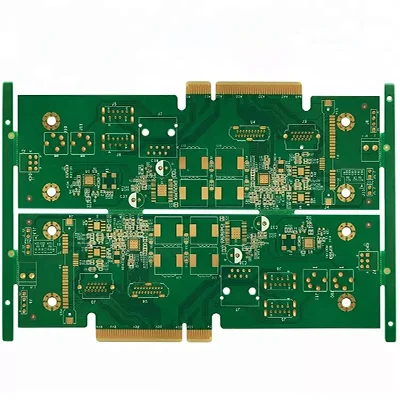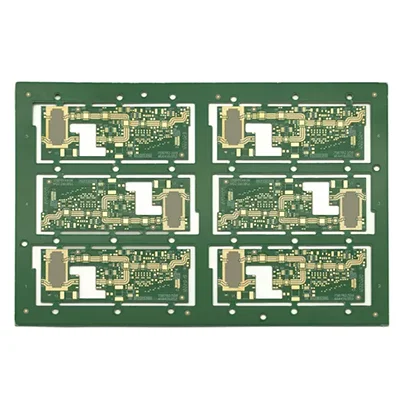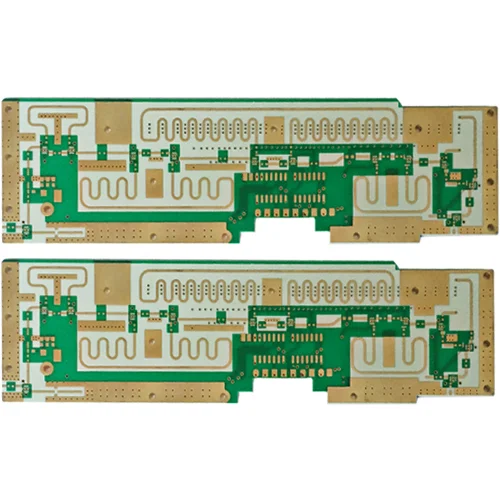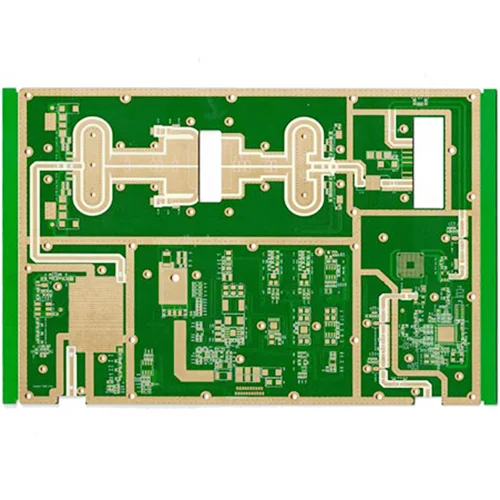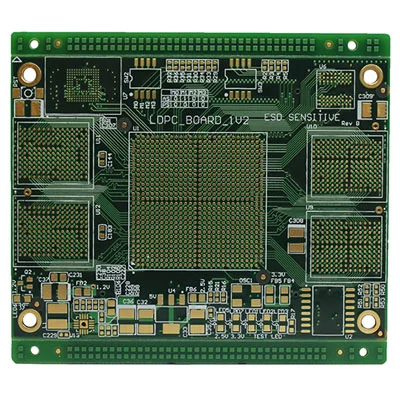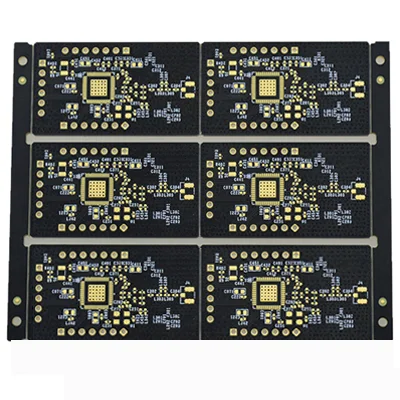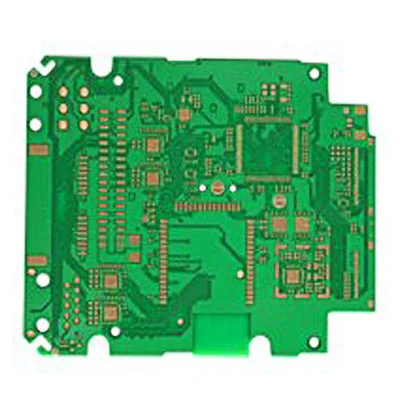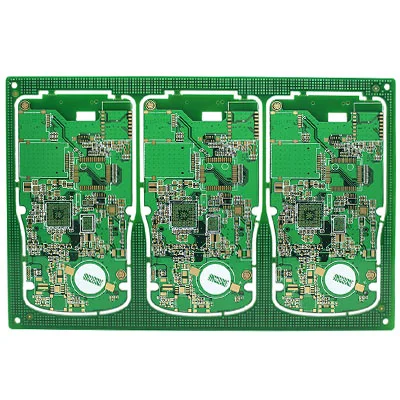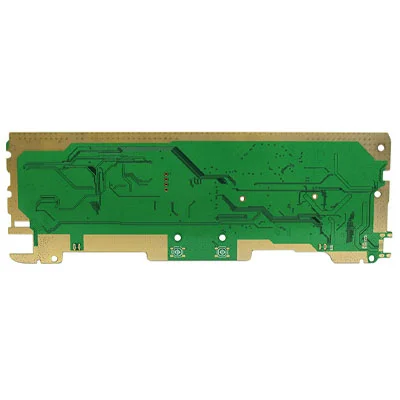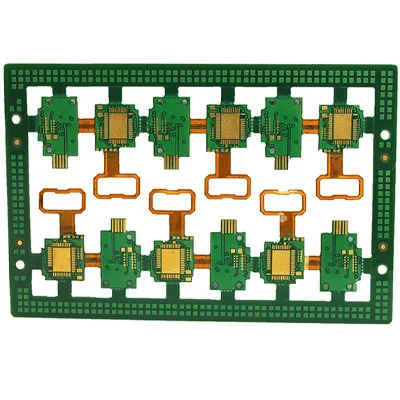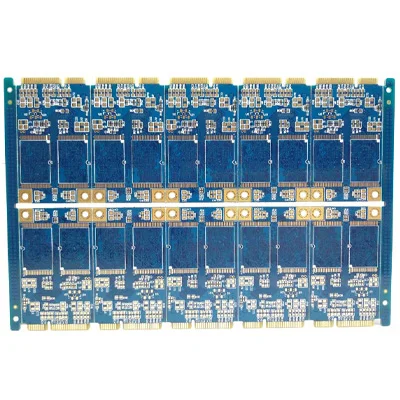10-layer Impedance Plug Hole PCB Circuit Board
Send Inquiry
Classification:
There are two types of storage media for solid-state drives, one is to use flash memory (FLASH chip) as the storage medium, and the other is to use DRAM as the storage medium. The latest is Intel's XPoint particle technology.
Flash-based SSD:
Flash-based solid-state drive (IDEFLASH DISK, Serial ATA Flash Disk): uses FLASH chip as the storage medium, which is commonly known as SSD. Its appearance can be made into a variety of styles, such as: notebook hard drive, micro hard drive, memory card, USB flash drive and other styles. The biggest advantage of this SSD solid-state drive is that it can be moved, data protection is not controlled by power supply, can adapt to various environments, and is suitable for individual users. Longer life, depending on different flash media. SLC flash memory generally reaches tens of thousands of PE times, MLC can reach more than 3, 000 times, and TLC can reach about 1, 000 times. The latest QLC can also guarantee a life of 300 times, and the average user's annual write volume does not exceed 50 times the overall size of the hard drive. Even the cheapest QLC flash memory provides a 6-year write life. High reliability, high quality home solid state drives, the failure rate can easily reach one tenth of that of ordinary home mechanical hard drives.
Based on DRAM:
DRAM-based solid state drives: DRAM as a storage medium has a narrow application range. It imitates the design of traditional hard drives, can be used for volume settings and management of file system tools in most operating systems, and provides industry-standard PCI and FC interfaces for connecting to hosts or servers. The application methods are divided into two types: SSD hard drives and SSD hard drive arrays. It is a high-performance memory that can be written infinitely in theory. The only drawback is that an independent power supply is required to protect data security. DRAM SSD is a relatively non-mainstream device.
Based on 3D XPoint:
3D XPoint-based solid state drives: In principle, it is close to DRAM, but it belongs to non-volatile storage. The read latency is extremely low, easily reaching one percent of the existing SSD, and has a nearly unlimited storage life. The disadvantage is that the density is lower than NAND, the cost is extremely high, and it is mostly used in fever-level desktops and data centers.
Data Sheet
| Name: | 10-layer impedance plug hole PCB circuit board |
| Application industry: | consumer electronics |
| Application product: | solid state drive |
| Number of layers: | 10 |
| Special process: | impedance line, resin plug hole, yin and yang copper |
| Surface treatment: | immersion gold |
| Aspect ratio: | 8:1 |
| Material: | FR4 |
| Outer line width/line spacing: | 4/4mil |
| Inner line width/line spacing: | 5/3. 5mil |
| Board thickness: | 2. 0mm |


